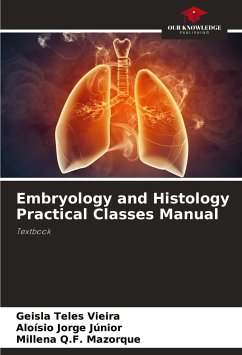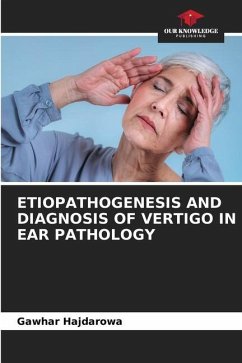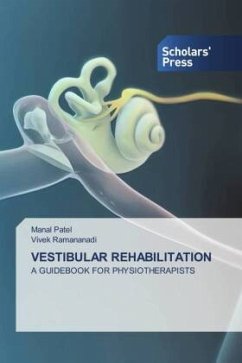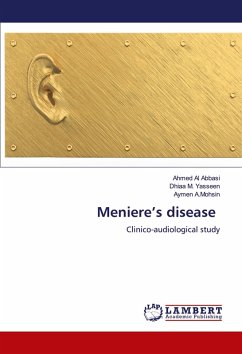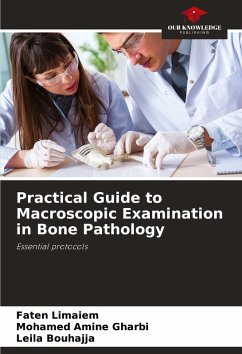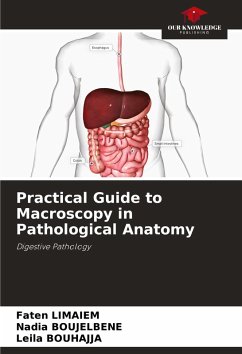
Practical manual of videonystagmography
Versandkostenfrei!
Versandfertig in 6-10 Tagen
27,99 €
inkl. MwSt.

PAYBACK Punkte
14 °P sammeln!
The development of new techniques for exploring vertigo has considerably facilitated its diagnostic and therapeutic approaches. Among these new techniques, videonystagmography (VNG) occupies a place of choice. It allows the vestibular system to be studied in real time by observing the eye. The results are presented in the form of graphs and numerical values provided automatically. The interpretation is based on the analysis of all the results. Thus, these results associated with the clinical data make it possible to have an etiological orientation in front of any vertigo. In conclusion, any pr...
The development of new techniques for exploring vertigo has considerably facilitated its diagnostic and therapeutic approaches. Among these new techniques, videonystagmography (VNG) occupies a place of choice. It allows the vestibular system to be studied in real time by observing the eye. The results are presented in the form of graphs and numerical values provided automatically. The interpretation is based on the analysis of all the results. Thus, these results associated with the clinical data make it possible to have an etiological orientation in front of any vertigo. In conclusion, any practitioner who wants to be a specialist in vertigo should acquire a VNG. But, a first knowledge of the anatomophysiological bases is essential in order to know how to direct and interpret the tests.






